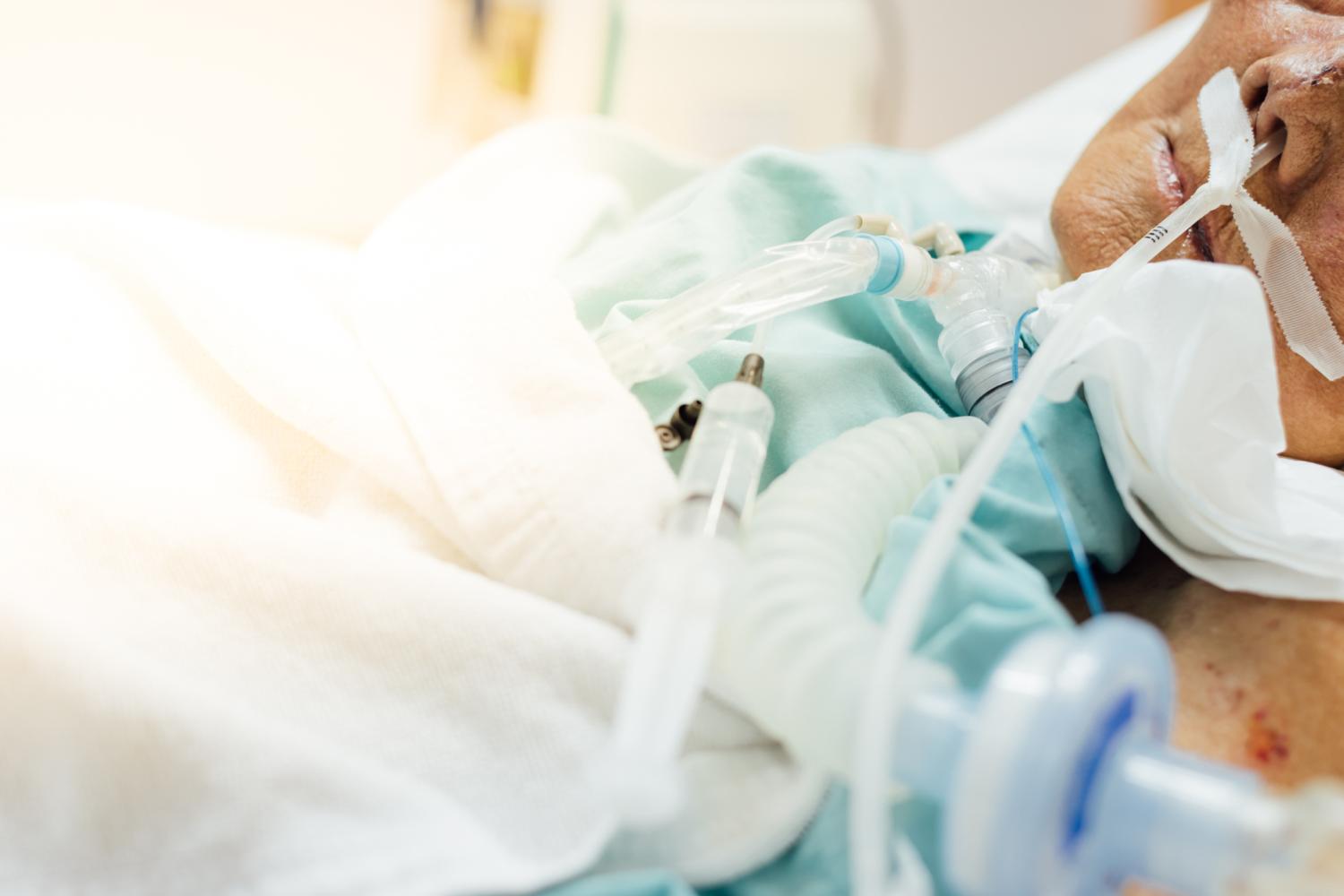The results of a randomized clinical trial conducted in France suggest that preventive inhaled antibiotics can reduce the burden of ventilator-associated pneumonia in critically ill patients.
The trial, which involved 847 intensive care unit (ICU) patients who had been undergoing invasive mechanical ventilation for at least 3 days, showed that a 3-day course of inhaled amikacin reduced the incidence of ventilator-associated pneumonia during 28 days of follow-up by more than 30%. It also cut the incidence of infection-related, ventilator-associated complications.
The results were published today in the New England Journal of Medicine.
High risk for mechanically ventilated patients
In the multicenter, controlled superiority trial, French investigators randomized intubated patients at 19 ICUs in France to receive inhaled amikacin or inhaled placebo. Because the peak incidence of ventilator-associated pneumonia occurs after 7 days of ventilation, the investigators hypothesized that delivering very high antibiotic concentrations to the trachea and lungs via inhalation after 3 days could hinder the infectious process before it begins.
The study authors note that while several strategies have been introduced over the years to reduce the incidence of ventilator-associated pneumonia, as many as 40% of mechanically ventilated patients develop the condition, which results from the formation of biofilm around the tracheal-tube cuff and the progressive spread of bacteria into the trachea and lungs. A risk for ICU patients in both low- and high-income countries, ventilator-associated pneumonia has an attributable mortality rate of around 13% and contributes significantly to increased antibiotic use.
The primary outcome of the trial was a first episode of ventilator-associated pneumonia from randomization to day 28. Secondary outcomes included incidence per 1,000 days of invasive mechanical ventilation and infection-related, ventilator-associated complications.
Of the 6,419 patients assessed for eligibility, 850 were enrolled and 847 were included in the final analysis, with 417 assigned to the amikacin group and 430 to the placebo group. At 28 days, ventilator-associated pneumonia had developed in 62 patients (15%) in the amikacin group and 95 patients (22%) in the placebo group (difference in restricted mean survival time to ventilator-associated pneumonia, 1.5 days; 95% confidence interval [CI], 0.6 to 2.5). The first episode occurred at a median of 10 days after randomization in the amikacin group and 9 days in the placebo group.
The present trial shows that a 3-day course of amikacin at a dose of 20 mg per kilogram of ideal body weight is effective in reducing the risk of ventilator-associated pneumonia.
After accounting for the duration of risk exposure, the incidence of a first episode of ventilator-associated pneumonia per 1,000 days of invasive mechanical ventilation was 16 in the amikacin group and 23 in the placebo group (rate ratio, 0.68; 95% CI, 0.49 to 0.94). An infection-related, ventilator-associated complication occurred in 74 patients (18%) in the amikacin group and in 111 patients (26%) in the placebo group (hazard ratio, 0.66; 95% CI, 0.50 to 0.89).
A serious adverse event that was considered to be related to the trial occurred in only 7 patients (1.7%) in the amikacin group and 4 patients (0.9%) in the placebo group.
The authors note that among the patients who developed ventilator-associated pneumonia, the length of intubation, ICU stay, and administration of antibiotics were twice as high as in patients who didn't develop ventilator-associated pneumonia.
"The present trial shows that a 3-day course of amikacin at a dose of 20 mg per kilogram of ideal body weight is effective in reducing the risk of ventilator-associated pneumonia," they concluded.






















